GAZ-67B - one of the symbols of the Great Patriotic
In the Red Army, these cars were affectionately called "goat", "pygmy", "flea warrior" or "Ivan-Willis" and HBV (I want to be "Willis"). During the war years, the Soviet jeep was actively used as a staff and reconnaissance vehicle. In addition, GAZ-67B could be used to transport infantry, evacuate wounded from the battlefield, and also as an artillery tractor for carrying light weapons and mortars. According to its chassis, this SUV was unified with the BA-64 armored car, which was produced in the years of the Great Patriotic War.
Pre-war development
Just a few years before the appearance of the GAZ-67 SUV in the USSR, there already existed vehicles that would have a sufficiently large influence on its design and creation. In the summer of 1936, the first prototypes of the GAZ-М1 (emki) were assembled at the Gorky Automobile Plant. The all-wheel drive version of this car, designed under the guidance of designer V. A. Grachev, was designated as GAZ-61-40. The car was an open version of the emki (GAZ-11-40), which, instead of a three-speed gearbox, received a four-speed gearbox. From the transfer case located behind it to the front and rear drive axles were cardan shafts. In this case, the drive to the front axle could be turned off.
A rather difficult task was to design the front drive axle for a new car. Since its wheels were controllable, they had to be connected to the axles with the help of universal joints, and such hinges, which at large angles of rotation of the wheels (35-40 degrees) would not create harmful jerks and vibrations. The most optimal solution for a passenger car with a dependent wheel suspension was a ball joint of equal angular velocity, known as the “Rcep” type hinge. Nowadays, it is widely used in front driving axles of all-terrain vehicles, but in those years it was considered a novelty.
The GAZ-61-40 was notable for very good road traffic on dirt roads and rough terrain, it moved perfectly along wetlands, snow-covered and sandy areas, and could climb climbing slopes up to 43 °. The advantages of the car were obvious, so in 1941, the Gorky Automobile Plant began the mass production of this car. True, the serial models, which were assigned the GAZ-61 index, were not mounted on an open body, but a closed-type “sedan” - exactly the same as it was on the six-cylinder emka GAZ-11-73. The engines of these two cars were identical. At the very beginning of the Great Patriotic War, well-known Soviet generals used the all-wheel drive passenger cars GAZ-61 - G. K. Zhukov, I. S. Konev, K. Ye. Voroshilov and others.
With the beginning of the Great Patriotic War, the release of "emok", and, therefore, the body for them at GAZ had to stop. In the first months of the war, pick-ups GAZ-61-415, with a canvas cabin, went to the front. They were used as connected and command vehicles, as well as for towing light anti-tank guns. The need for cars of this type at the front was really great, so in the summer of 1941, V. Grachev, taking into account the wartime requirements, in a very short time - literally 1,5-2 of the month - creates an easy-to-manufacture SUV GAZ-64. Actually, only the front suspension, the body and the radiator were entirely new in this car, otherwise it was completed from assemblies and parts of the old cars manufactured under the GAZ brand.
Birth of a legend
The need to create a lightweight and most passable vehicle was manifested in the years of the Soviet-Finnish war 1939-1940. This became especially apparent during the conduct of hostilities in the winter off-road conditions. Mainly, the car had to meet the interests of servicing the middle command personnel of the Red Army.
A similar need in those years experienced the military in other countries. In general, the concept of a light, simple, all-wheel drive passenger car, attributed to the Americans. True, the all-wheel drive scheme (albeit with overseas features) by the end of the 1930-s was already well-developed and on GAZ - in cars. And about direct copying in Gorky there could be no question. The old-timers of the enterprise recalled that the American “Bantam”, which was the ideological ancestor of the famous “Willis”, they saw only in magazine photographs. At the same time, the leadership of the industry about the American car went only to the detriment of the first version of the Gorky jeep. They said that it was precisely the People's Commissar of Medium Machine Building (in those years the automobile industry was subordinate to him) that he insisted on a narrow, like the American car, track, although in the presence of GAZ there were standard, wider bridges.
The task to develop a light army vehicle was issued by the Red Army Main Armored Directorate at the end of winter 1941, and already on March 25, 1941, the GAZ-Р1 (Р-scout) vehicle was put to the test. In August of the same year, when parts of the Red Army fought with the Wehrmacht already near Smolensk, in Gorky they began mass production of an all-wheel drive car, designated GAZ-64. The release of the SUV, however, was just miserable - in the 1,5 of the year less than 700 of similar cars were assembled at GAZ. Just before the beginning of the Second World War, many countries, including the United States, Germany, Great Britain and Italy, had already begun to produce such machines. Later, by name, or rather nickname, one of the most common models of this type - Ford GP (built according to Willis factory drawings), such cars would be called “jeeps”. In this aspect, GAZ-64, the release of which was launched in the autumn of 1941, became the first Soviet jeep.
GAZ-64 was improved at the end of 1942 of the year: the track of both driving axles was expanded to 1466 mm, with wings instead of semicircular cuts above the wheels, as the track became larger and the width of the body remained unchanged. This innovation was explained quite simply - that the "jeep", that GAZ-64, which had a narrow (1250 mm) gauge, when driving on slopes and turns, had a tendency to turn over. Expansion of the car’s track helped eliminate this drawback. The improved car received a new GAZ-67 index, and after further upgrading in 1944, the car began to be called GAZ-67B. In this latest version of the SUV and then received widespread in our country. The car was distinguished by a rather large ground clearance (227 mm), favorable weight distribution along the axes, wide tires with developed lugs, small body overhangs front and rear. Together, all these features significantly increased the already good GAZ-67B permeability, added traction qualities to the car. The car could safely tow a trailer weighing 800-1000 kilograms, confidently moved along the broken front roads without overheating the engine (there was a radiator with six rows of cooling tubes instead of three, as it was on the famous lorry), for a long time it could move at a walking speed Accelerating on a flat good road to 90 km / h. With a relatively heavy 76,2-mm ZIS-3 cannon on the trailer, the car worked with overload, but even then its speed on the highway was more than 58 km / h.
GAZ-67B was a military vehicle, which was created for the war and in the harsh conditions of wartime. When developing, Soviet designers did not particularly think about the comfort of the machine, putting at the center of the simplicity of the design and a high level of reliability. The driver, in addition to sufficiently tight pedals, which were calculated for the soldiers' boots, was offered only a small shield, on which the minimum necessary set of instruments was located. Of the so-called luxury goods, which today would be called additional options, the Soviet jeep could boast only a socket for connecting a special lamp, as well as two tanks for fuel. One tank was located directly under the windshield of the car, and the second under the driver's seat. And all this with a relatively small overall dimensions of the car, in which there were places for four people.
Like most of the products that were produced at that time by the Gorky Automobile Plant, the all-wheel drive GAZ-67B was completed with an ordinary 4-cylinder carburetor engine. Engine size was 3,3 liters, he was able to develop power in 50-54 horsepower. At the same time, the engine of the Soviet jeep, the spare parts of which were shared with its relative GAZ-MM, was favorably distinguished by high draft and low-speed performance. These qualities were his main advantages, while the torque was equal to 180 Nm, it was possible to achieve it only at 1400 rpm. The average fuel consumption of the car was about 15 l / 100 km, while during acceleration to 70 km / h or more, fuel consumption increased by about 25%.
On the car GAZ-67B installed all-wheel drive transmission with the additional ability to connect the front axle. Traction characteristics of the jeep were such that both the gearbox and the clutch were taken by the engineers from the GAZ-MM, almost without any additional changes. The lack of running equipment of this army jeep was the lack of a center differential, for this reason, all-wheel drive on the car was used only when driving through mud or overcoming snow-covered areas. It should be noted that the movement in the liquid dirt was not a problem for GAZ-67B, even when the wheels of the car were completely hidden in a rut.
The strength and weakness of this SUV was the maximum unification with other serial GAZ cars, while the American Willys were designed from scratch. At the same time, the Soviet jeep was designed and prepared for mass production in an incredibly short time. The car was as simple as the all-wheel-drive design could have been, and was suitable for manual repair even by low-skilled mechanics. A power plant with a degree of compression 4,6 was able, unlike the American engines, to eat even the fuel that it was a shame to call gasoline. The famous “Willis-MB” compression ratio, by the way, was 6,48. The fact that the Soviet jeep was quietly working on non-deficient grades of gasoline and oil was a significant advantage of GAZ-67 over its overseas competitor. The 64 and even 60 octane fuel was enough for him, while the jeep could only drive high-quality gasoline, the octane number of which was no lower than 70.
The four-spoke steering wheel with a bent wooden rim with a diameter of 67 mm became its business card of the GAZ-385, it was forced to be used in production just a day after the factory - a supplier of carbolite parts failed (it was burned during the bombing) . Despite its archaic and indifferent appearance, this steering wheel caught on and even fell in love with Soviet drivers for the opportunity to work without gloves, especially when it was freezing. They did not even hurry to change it on occasion to a plastic steering wheel. And the other, already three-spoke plastic steering wheel with a diameter of 425 mm, which was specially created for the GAZ-67B, turned out to be such a good solution, which made everyone, which became the standard for post-war trucks of the Gorky Automobile Plant for many years.
Upgraded in the 1944 year, the car received the GAZ-67B index, the car received a transmission and front axle reinforced on a number of nodes. Radial thrust ball bearing pivot pivot bearings of the front axle, which were inherited from the GAZ-61, differed in their very low service life (5-8 thousands of kilometers). In November, 1944 of the year was replaced with white-type plain bearings, which were a more durable, maintainable, and non-fearful solution. In addition, these bearings were not so sensitive to contamination due to the unreliability of the sealing of the spheres of the ball bearings. After the replacement, there were no complaints about the operation of this unit. Such a technical solution of pivot bearings was so successful that it was subsequently used for a long time on other lightweight all-terrain vehicles of the Gorky Automobile Plant: GAZ-69, GAZ-62, GAZ-M72 and GAZ-M73. Also, the 23 of October 1944 of the year, instead of the still Emov's IM-91, was supplied with a more advanced P-15 distributor, which was maximally unified with the P-12 distributor of the 6-cylinder engine GAZ-11. Connected with spark plugs using insulated high-voltage wires (instead of copper plates), the new distributor maintained its stable adjustment, as well as the best dust and moisture resistance of electrical connections, with the possibility of shielding them from radio interference.
A truly massive GAZ-67B was already in the postwar years. Gaziki actively worked in cities and collective farms throughout the country, served geologists, continued to serve in the army and police. At the same time, they were driven by the same courageous and harsh drivers as in the war years, squinting from the dust in the summer months, and in the winter period, home-made kiosks, which were attached over the bodies, were supposed to save them from the severe Russian frosts. Gradually, cars were written off and sold to private owners. In the capable hands of Soviet chauffeurs and, of course, with the installation of later parts and assemblies, these cars served them faithfully for decades.
Technical characteristics of GAZ-67B:
Overall dimensions: mm 3350х1685х1700 mm (with awning).
Wheelbase - 2100 mm.
Ground clearance - 227 mm (with tires 6,50 - 16).
The smallest turning radius is 6,5 m (along the front outer wheel track).
Curb weight - 1320 kg, full - 1720 kg.
Load capacity - 400 kg or 4 person + 100 kg.
The power plant - GAZ-64-6004 power 54 HP
Fuel consumption - 15 l / 100 km
The maximum speed is 90 km / h.
Power reserve - 465 km.
Information sources:
http://otvaga2004.ru/kaleydoskop/kaleydoskop-wheel/dlya-voennogo-bezdorozhya
http://www.zr.ru/content/articles/438127-gaz-67b_avtomobil_velikoj_otechestvennoj
http://modeli-gaz.ru/gaz/gaz-67.htm
http://fb.ru/article/216125/gaz--b-foto-razmeryi-zapchasti
Open source materials
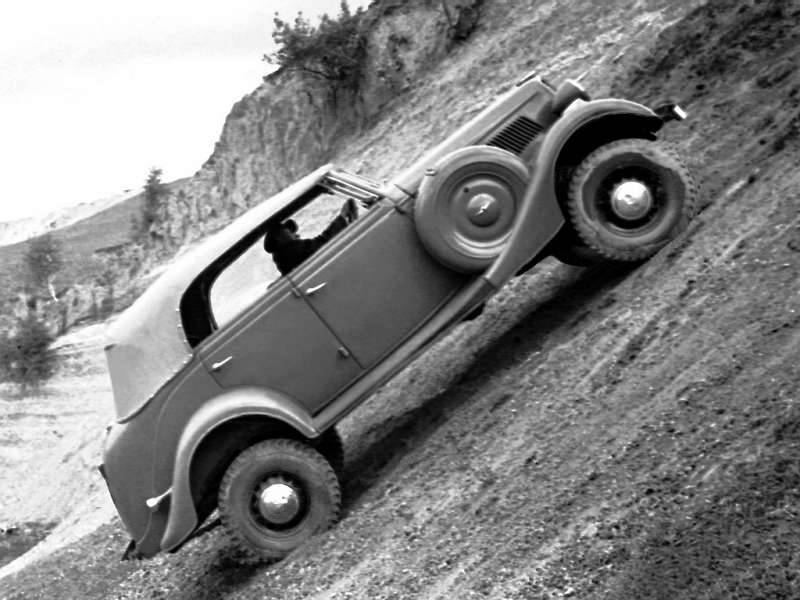
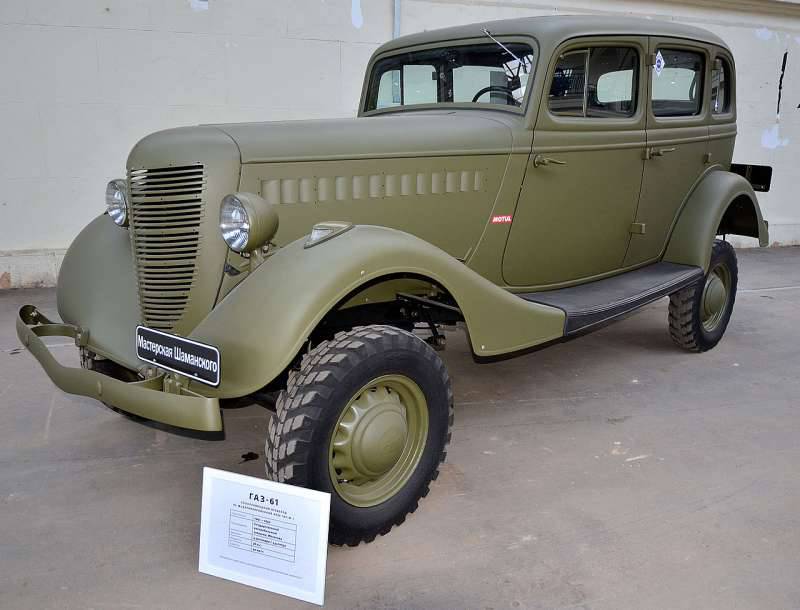
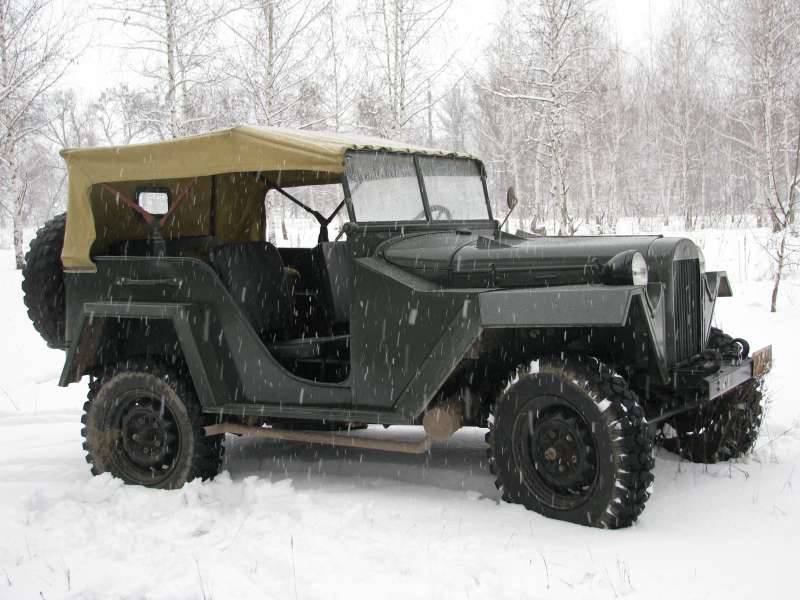
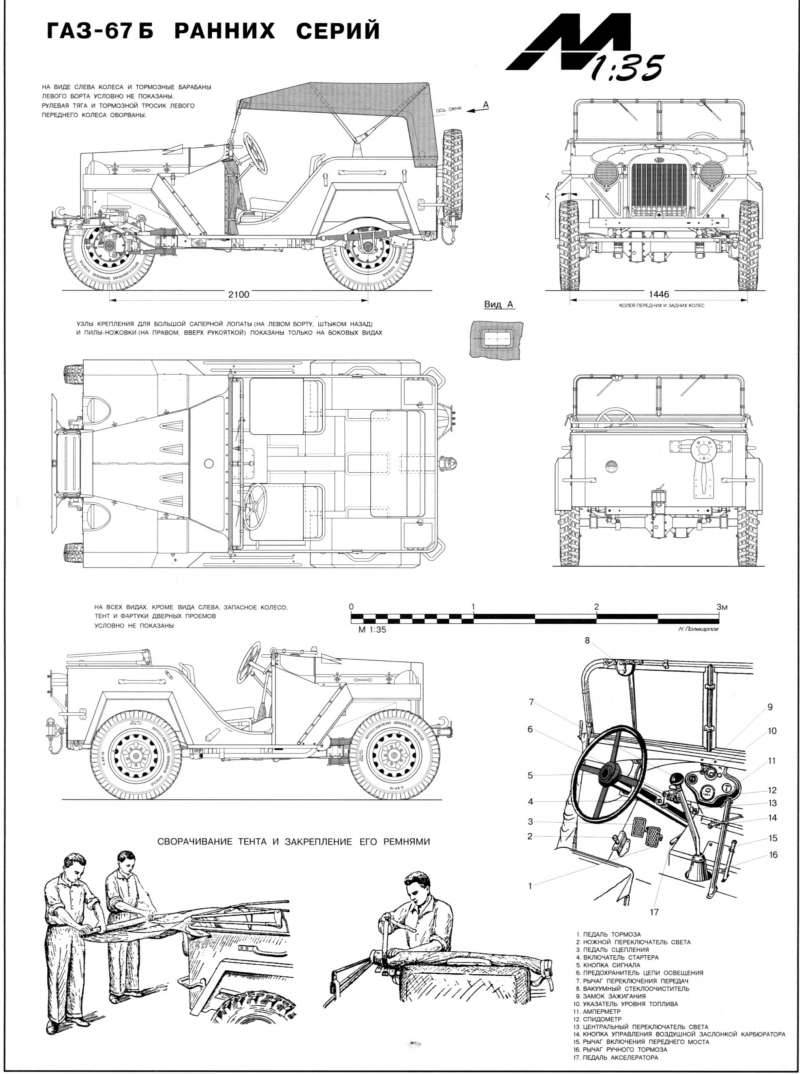
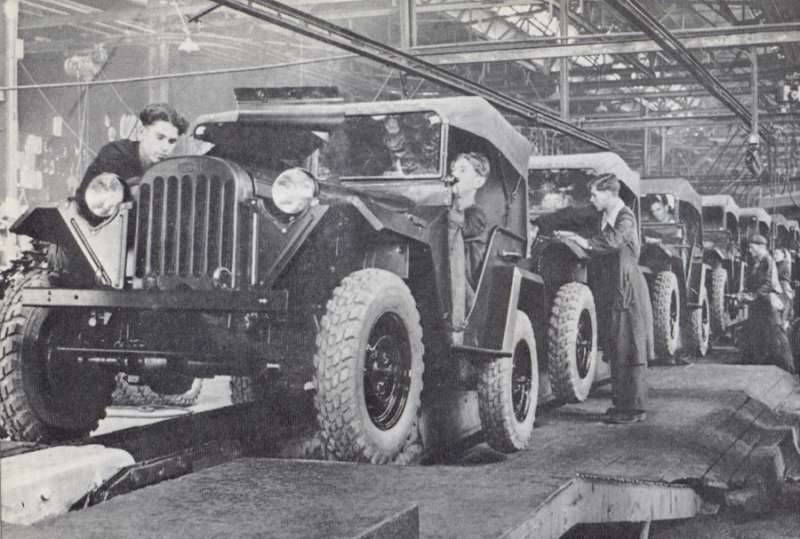
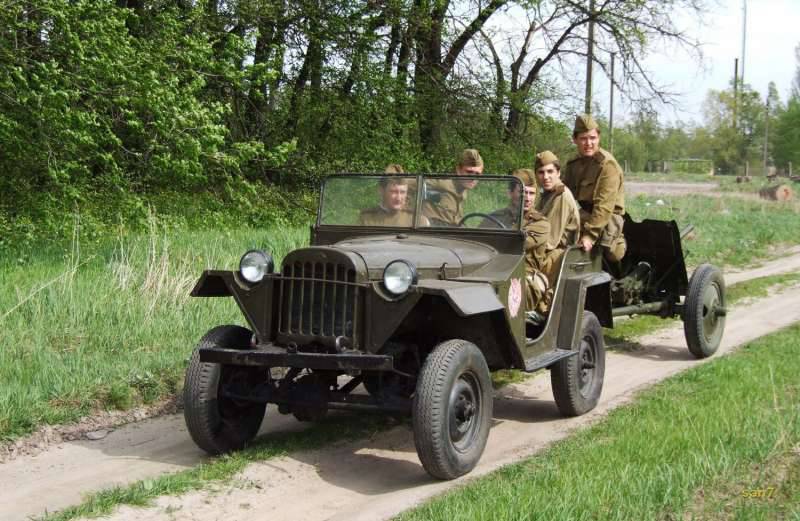
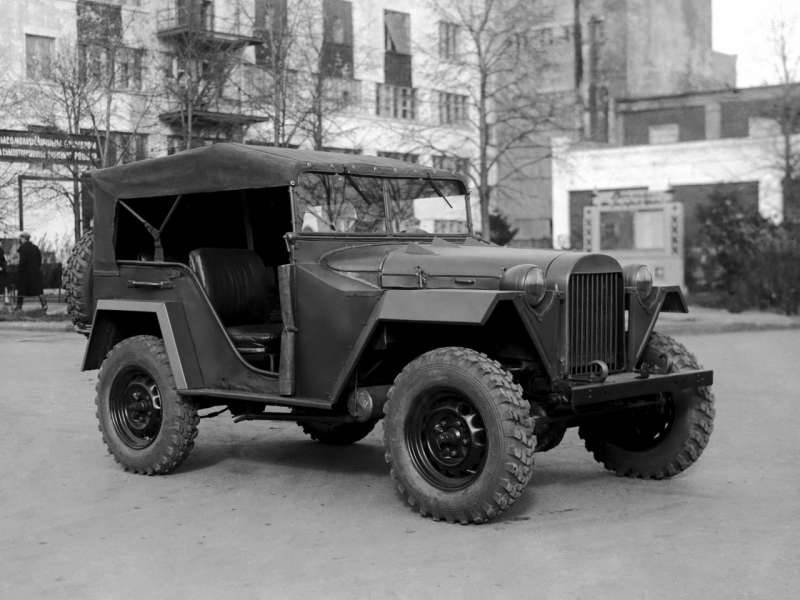
Information